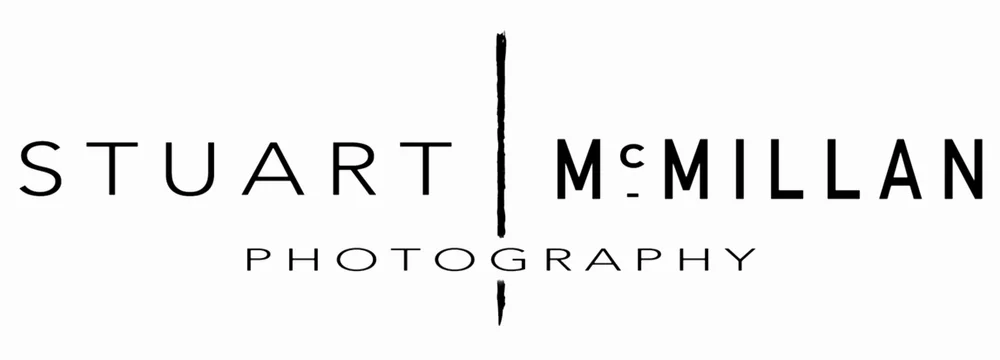In the world of photography, it’s easy to believe that creativity lies in the arsenal of equipment we carry. Newer lenses, upgraded bodies, the right filters—surely each piece brings us closer to that perfect shot. But sometimes, the opposite is true: one camera alone can be a catalyst for genuine innovation.
When the pressure of choice lessens and all that remains is a single lens and a familiar body, the way a photographer works fundamentally changes. The story becomes the focus. Decisions grow more instinctive. Each shot is a blend of improvisation and intent, shaped not by abundance, but by limitation. Movement, positioning, and depth suddenly become the dials you adjust most. You start to trust your sense of timing, chasing moments as they emerge, learning to work with the light that’s there rather than the gear that isn’t.
There’s unexpected freedom in knowing your camera inside and out—its quirks, its strengths. The relationship becomes more intuitive. The absence of choice nudges you into spontaneous frames, surprising even yourself with fresh perspectives. The world slows down; you take your time, look closer, and find details that used to slip by unnoticed.
Ultimately, the number of tools in your bag rarely decides your creative potential. Often, it’s how you wield what you have—making the most of a single camera, and seeing, at last, the endless possibilities in your hands. Sometimes, it’s as simple as that.
Lately, I've decided to challenge myself by picking just one of my cameras each month and sticking with it—no switching, no fussy gear debates. My collection isn't enormous, but it’s enough that I usually get sidetracked obsessing over which camera to use, instead of focusing on what really matters: the photograph. To push this experiment further, I usually pair my chosen camera with a single lens, encouraging both discipline and creativity.
Since most of my cameras are film, this approach has the added benefit of helping me actually finish a roll—whether it's 36 exposures on 35mm or just 16 on my medium format—within a similar timeframe. No more half-shot rolls languishing in different cameras, waiting for their turn.
This month, my partner in crime was the Canon P rangefinder loaded with a roll of black and white Washi 100ISO film—a new film stock for me. As luck would have it, Edinburgh’s coastal neighborhood of Portobello presented itself in full cinematic mist on my first outing. I wandered the beach and burned through nearly the whole roll, letting the mood of the morning guide my shots.
When the scans came back from the lab, I was genuinely excited. There were definitely a few duds (aren’t there always?), but a surprising number of images I loved. Limiting myself to just that one camera forced me to be intentional. The best part? Every outcome, good or bad, was clearly a result of my choices behind that camera, on that day—no excuses, no shifting variables to blame. It’s proving to be the simplest way to challenge myself as a photographer and really learn from each exposure.




